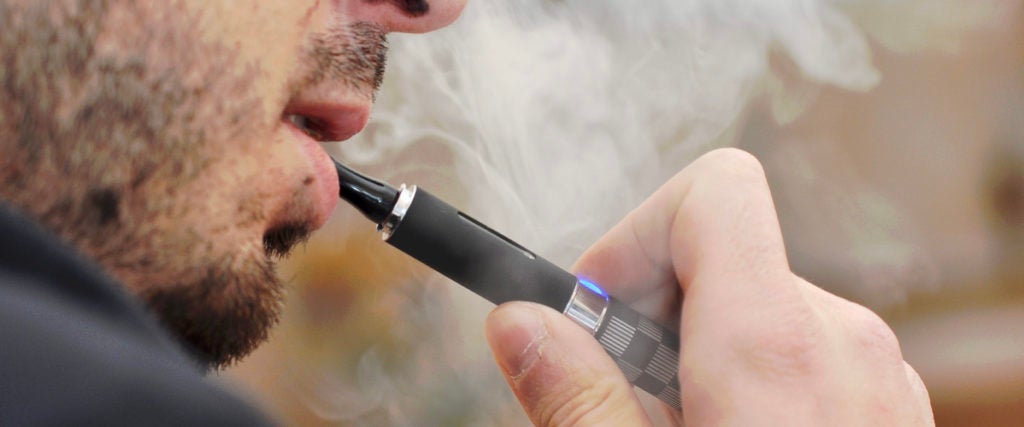Before COVID-19, vaping was public enemy number one. It was late 2019, everyone was sucking on JUULs, and hospitals were brimming with ailing vapers. The media was collectively screaming about a deadly vaping illness, and groups like Parents Against Vaping were aggressively taking on Big Vape.
Then it all seemed to disappear. What happened? Did we renounce vaping? Did we catch the culprit and make safer vape juices? Did we just forget about the whole ordeal and move on?
The reality is some combination of all three.
The vaping illness outbreak can be traced to August 2019, when the CDC started collecting data on “EVALI,” or lung injury associated with e-cigarette or vape use. In the subsequent months, vitamin E acetate — a chemical that was commonly added to vape liquids as a diluting or thickening agent — was pinpointed as the likely cause. Before EVALI came about, vitamin E acetate was used in vape cartridges (as less than 20 percent of the formula), but illegal weed vape companies in particular were adding much, much more of it to their products.
Once vitamin E acetate was highlighted as a potential cause of vaping illness, Washington, Michigan and other states pushed to ban it from vape liquids. Many also promoted anti-vaping messages: California Governor Gavin Newsom, for example, ordered the Department of Public Health to initiate a $20 million digital and social media campaign about its dangers. Finally, police cracked down on vaping, digging up numerous illicit vape juice markets.
As a result, EVALI cases sharply declined (see the chart below). In an email, the CDC tells me, “Reasons for the decline are likely multifactorial and may be related to the following: Increased public awareness of the risk associated with THC-containing e-cigarette (or vaping) product use as a result of the rapid public health response; removal of vitamin E acetate from some products; [and] law enforcement actions related to illicit products.”

The reduction in cases was so considerable that the CDC quit collecting EVALI data altogether in February of 2020, shortly before COVID-19 appeared, which would suggest that we’re mostly in the clear. The CDC says that, as of February 2020, a total of 2,807 hospitalized EVALI cases have been reported to them since they started collecting data in August 2019. Sixty-eight of them resulted in death.
However, while cases dramatically decreased, it’s likely that EVALI isn’t entirely gone. Vitamin E acetate certainly appeared to be a contributor, but the CDC tells me, “The evidence isn’t sufficient to rule out the contribution of other chemicals of concern.”
So, if you’re buying illegal vape liquids, beware. And remember, vitamin E acetate or otherwise, vapes can still kill you one way or another.

